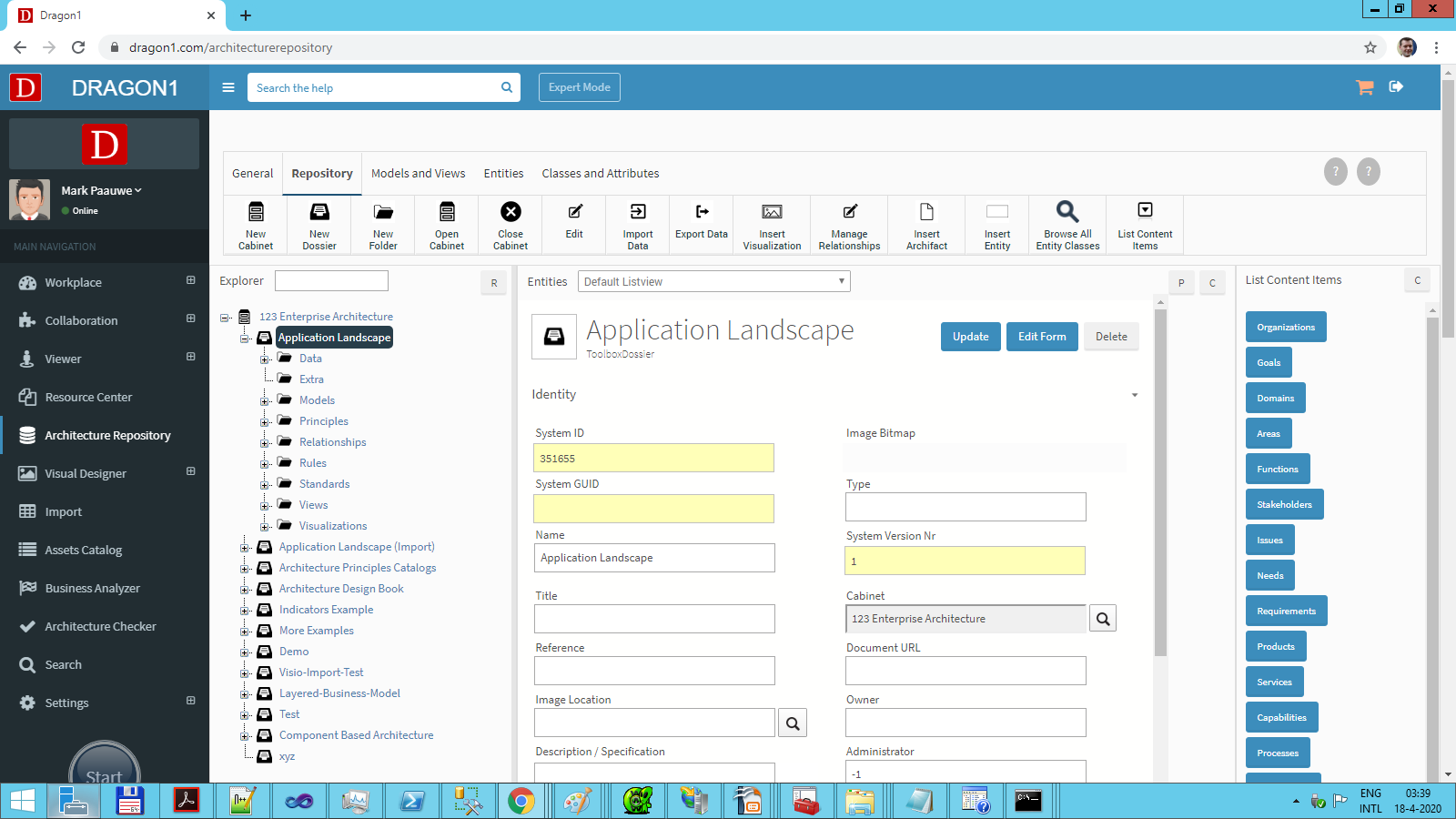

The set of Benefit Profiles forms the repository of all the benefit-related information for the programme, and as such provides the means for maintaining control over the process of Benefits Realisation Management.
:cachevalid(2019-10-29T07:13:34.609422):strip_icc():strip_exif()/images/original/LEITZ-45791030-4002432115013.jpg)
The Benefits Map is a key element in the Benefits Realisation Plan, showing the realisation sequence through a chain of benefits.Ī Benefit profile is a document describing a single benefit or dis-benefit, including its attributes and dependencies.

Stakeholder engagement includes the processes of identifying, analysing and communicating with stakeholders in order to maintain commitment and avoid surprises.īenefit Realisation Management drives the other Governance Themes and is central to the programme.īenefit Maps are developed to show how the benefits relate both to each other and to the projects (which deliver the outputs that allow the realisation of benefits). The vision is a picture of a better future, and is the basis for the outcomes and delivered benefits of the programme.Ī stakeholder is an individual, group or organisation that that has an interest in the programme.
Providing assurance and governance across the programmes. The Programme Office - The Programme Office has two distinct roles. This includes implementation and embedding of the new capabilities delivered by the projects. Programme Manager - The Programme Manager is responsible for the planning, set-up, management and delivery of the programme.īusiness Change Manager - The Business Change Manager(s) role is responsible for benefit management. Membership includes the Programme Manager and Business Change Managers. Members will provide resource and specific commitment to support the SRO who is accountable for the successful delivery of the programme. The Programme Board - The Programme Board is established by the SRO, and its prime purpose is to drive the programme forward and deliver the outcomes and benefits. They must have enough seniority and authority to provide leadership to the programme team, and take on accountability for delivery. The individual who fulfils this role should be able to lead the Programme Board with energy and drive, and must be empowered to direct the programme and take decisions. The Senior Responsible Owner (SRO) - The SRO is responsible for ensuring that the programme meets its objectives and realises the expected benefits. The Sponsoring Group - The Sponsoring Group should include those who can provide investment decisions and top-level endorsement for the programme. Plans explain what activities will take place to deliver the element of governance, as well as where, when and by whom. Strategies set out the approach the programme will take to achieve its end goals. Governance Themes cover the following areas:-Īs it is established, the programme will define a number of strategies and plans. Governance is the control framework through which programmes deliver their change objectives and remain within corporate visibility and control. Designing and delivering a coherent capability. Focusing on the benefits and threats to them. Envisioning and communicating a better future. Remaining aligned with corporate strategy. They are self-validating in that they have been proven in practice, and they are empowering, because they give practitioners of this framework added ability or power to influence and shape transformational change towards success. MSP® Principles are universal, in that they apply to every programme. MSP is a best practice Guidance on Programme Management details the following key areas:



:cachevalid(2019-10-29T07:13:34.609422):strip_icc():strip_exif()/images/original/LEITZ-45791030-4002432115013.jpg)



 0 kommentar(er)
0 kommentar(er)
